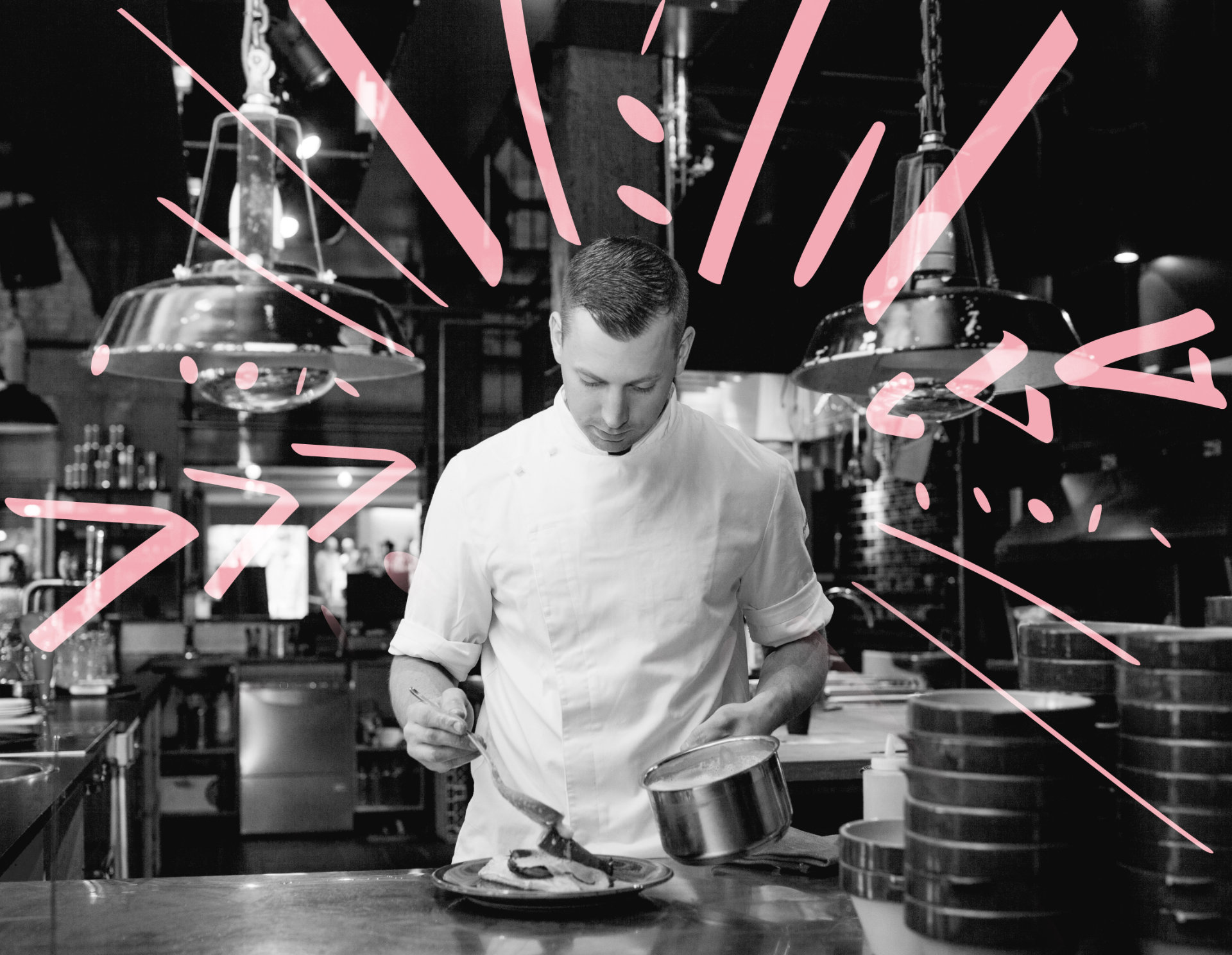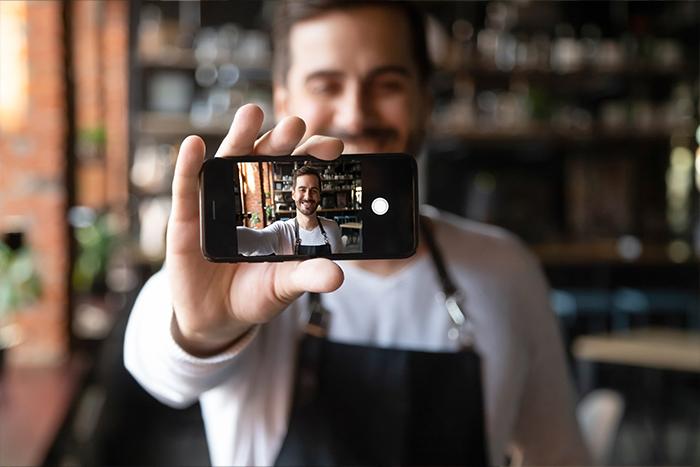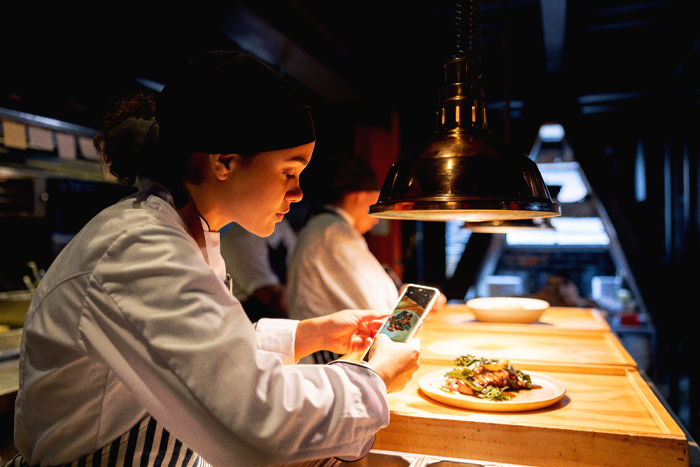When you created your menu, you likely spent a ton of time and effort perfecting your dishes down to the last detail. After you write the perfect menu description for your restaurant food, now it’s time to do them justice and price them right, without charging too much or too little. So, what’s a restaurateur to do? Follow one of these simple menu-pricing strategies and you’ll be good to go.
Strategy #1: Follow the food cost formula.
One of the most common pricing strategies in the industry, this super simple solution provides a solid guideline for how to price food items. All you have to do is add up the ingredient costs per dish and multiply it by 0.35 (that’s the most you can charge to make a 35% gross income on the dish). Here’s an example:
Chicken sandwich ingredients cost: $3.55 / 0.35 = $10.14
That means you should charge at least $10.14 for that sandwich. Boost it up to a nice round number, like $11 or $12 and you boost your profit margin (if you can get away with charging a higher amount).
Strategy #2: Pull it together with cost-plus pricing.
This one is another popular pick for determining menu prices. Similar to the first strategy, this one too includes the cost of the ingredients and also factors in overhead costs and profit margins. So, in addition to the ingredients cost you figured out above, you will also add things like rent, utilities, and staff wages. Then, you’ll just need to analyze your margin to make sure you’re comfortable with it. If not, you’ll need to adjust your pricing strategy.
Strategy #3: Turn on the charm pricing.
A little goes a long way, especially with this cheap and cheerful strategy. Charm pricing is when you use the decimal to your advantage to entice customers. For example, instead of charging $12 for one of your most popular desserts, you charge $11.99. And this works? You bet. Our brains subconsciously interpret that seeing an 11 is a better value for our money than 12 — even though the actual difference is just a penny.
Strategy #4: Bring on the bundle pricing.
If you’ve ever set foot in a fast-food restaurant before, you’re likely familiar with bundle pricing. It happens when you combine a couple of items into a pre-packaged set. The beauty of this strategy is that it introduces your customers to multiple items at once, including ones they may not have otherwise tried. To spice things up even more, you could create an item that’s only available in a particular bundle. And if you want to get really wild, you can even offer that bundle at a special discounted rate to entice more customers.
Strategy #5: Rock it out with the rule of three pricing.
Also known as good-better-best pricing, this strategy involves having three different variations of the same menu item. The first, or “good” price is the most inexpensive option, the second is “better” coming in at mid-range, and the third is the “best” as it comes with the highest price tag. Here’s how it works: Let’s say you have a garden salad on your menu set at a good price. If the customer wants to add chicken, you price it higher (better pricing). If they want to add chicken and roasted vegetables, you would charge the best pricing.
Being a business-savvy restaurateur is an incredibly important part of running a successful restaurant. Make sure you’re getting what you deserve for your delicious dishes and not a penny less.





